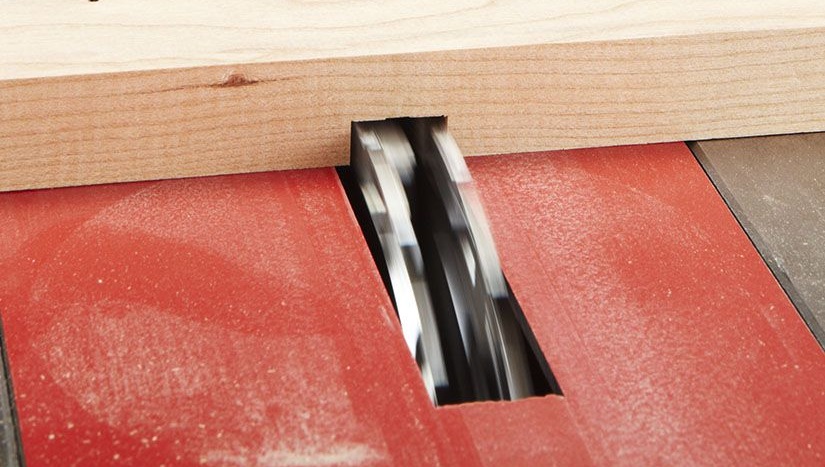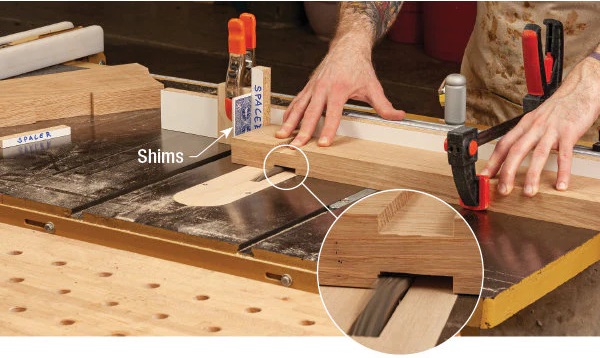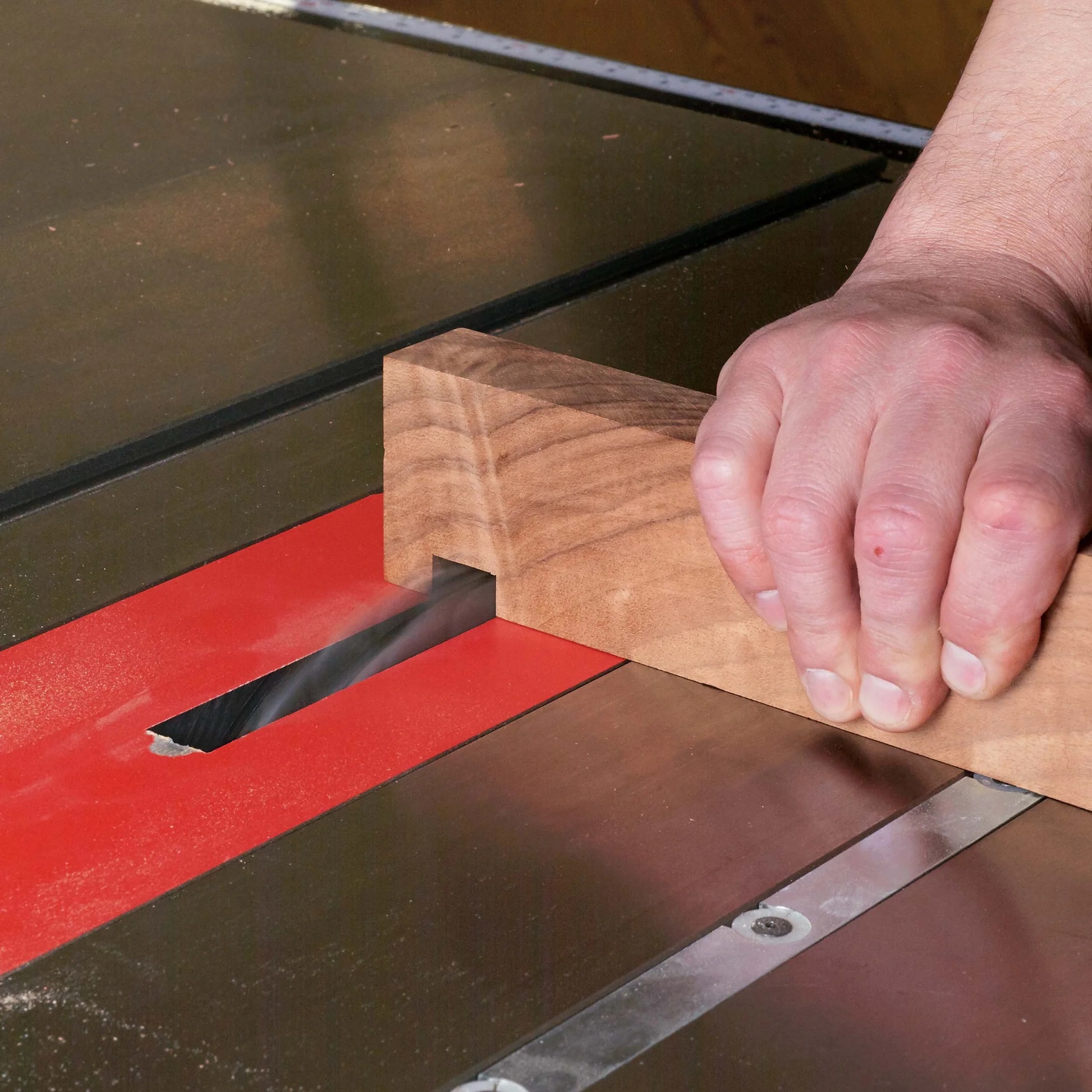Mastering the Art of Dado Blades: When and How to Use Them Effectively

Dado blades are an essential tool in the arsenal of any woodworking enthusiast or professional. These specialized blades are designed to make precise, wide cuts in wood, creating grooves, dadoes, or rabbets. However, mastering the art of using dado blades requires understanding their capabilities, limitations, and the right techniques. Let’s delve into when and how to use dado blades effectively.
 When to Use Dado Blades
When to Use Dado Blades
Joinery Projects: Dado blades are invaluable for joinery tasks such as creating strong, seamless joints for shelves, cabinets, or drawers. They enable you to cut precise grooves for fitting pieces together securely.
Shelving Systems: When constructing shelving units, dado blades excel at cutting grooves for inserting shelf supports or creating a slot for the shelf itself. This ensures stability and provides a clean, professional finish.
Drawer Construction: Dado blades are ideal for crafting drawers where the sides, front, and back panels need to fit seamlessly. They allow you to create grooves for inserting the drawer bottom, resulting in sturdy construction.
Box Joints and Dovetails: Dado blades can be used in conjunction with other techniques like box joints or dovetails to enhance the strength and aesthetics of woodworking projects, particularly for boxes or chests.
 How to Use Dado Blades:
How to Use Dado Blades:
- Choose the Right Blade: Select a dado blade set with the appropriate width and number of teeth for your project. Ensure the blade is sharp and compatible with your table saw.
- Adjust Blade Height: Set the height of the dado blades to match the desired depth of cut. Use a test piece to verify the depth before cutting into your actual workpiece.
- Setup Safety Precautions: Prioritize safety by wearing appropriate protective gear, such as safety glasses and hearing protection. Ensure the table saw is properly calibrated and the workpiece is securely held in place.
- Make Test Cuts: Before cutting into your final workpiece, practice on scrap wood to fine-tune the blade height, fence position, and other settings for optimal results.
- Cut in Multiple Passes: For wider grooves or dadoes, make multiple passes with the dado blades, gradually increasing the depth of cut with each pass. This helps prevent overheating and ensures cleaner cuts.
- Maintain Control: Keep a steady hand and maintain consistent pressure as you guide the workpiece through the dado blades. Use push sticks or feather boards to enhance control and safety.
- Check Fit and Alignment: After cutting, test the fit of joints or components to ensure they align correctly and securely. Make any necessary adjustments before final assembly.
By understanding when and how to use dado blades effectively, woodworkers can achieve precise, professional results in various projects. With proper technique and attention to safety, dado blades become indispensable tools for enhancing the quality and craftsmanship of woodworking endeavors.
Comments
Add comment